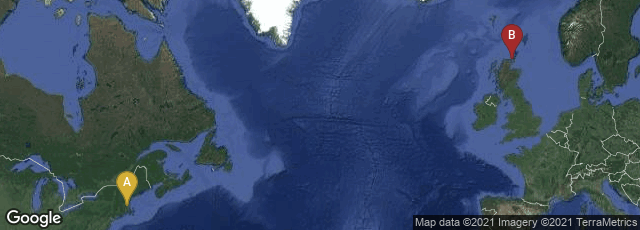In April 1845
Elias Howe of Cambridge, Massachusetts, invented the
lockstitch sewing machine, and was awarded the first U.S. patent for a lockstitch sewing machine (No. 4750) on September 10, 1846. Howe's sewing machine contained the three essential features common to most sewing machines: a needle with the eye at the point, a shuttle operating beneath the cloth to form the lock stitch, and an automatic feed.
Besides the patent, this entry illustrates the catalogue that the Howe Company published for the 1876
Centennial International Exhibition in Philadelphia, the first World's Fair in the United States.
